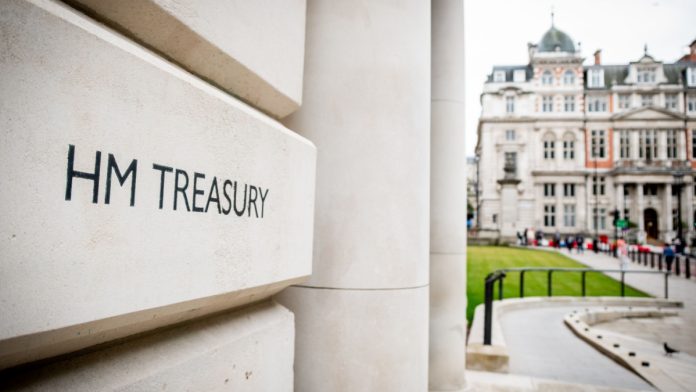The UK Treasury and Bank of England ‘are convinced that further preparatory work’ on the creation of a digital pound is justified, even if it is too early to commit to infrastructure development just yet.
This was the judgement of the two institutions, the government’s finance department and the UK central bank respectively, in response to the consultation on the launch of a UK central bank digital currency (CBDC).
A Bank of England-issued CBDC, or digital pound, would ‘sit alongside, not replace, cash’, the treasury and bank asserted, and would be subject to strict privacy and data protection standards.
“This is in line with our ambition that public trust in money remains high, and that modern forms of money and payments meet the evolving needs of individuals and businesses,” the Treasury statement read.
The Treasury envisions a digital pound which will function as a public platform for private sector innovation, the consultation detailed, explaining the idea model the department and bank have in mind.
As the BofE – due to being the UK’s central bank and the current issuer of all physical pound notes – would issue the digital pound, the bank would also control the core ledger on which the currency sits on.
Private sector banks and ‘approved non-bank firms’ would then integrate digital ‘pass-through’ wallets into the interface between the bank and their customers.
The defining characteristics of the Treasury and Bank’s plan for the CBDC are as follows:
- Public private partnership
- For use by both households and businesses for both retail and online payments
- Accessed via smartphones or smart cards
- No interest paid
- Accessible to both UK and non-UK residents
- Wallets for digital pounds offered by private sector
- Privacy protected but not anonymous
- The pound will initially only be offered in limited numbers to customers
“We call this approach the ‘platform model’,” the response continued. “It plays to the respective strengths of the public and private sectors, and we judge it the most efficient mechanism to deliver the digital pound in a way that also catalyses innovation.
“Firms providing wallets would be regulated to ensure payments using digital pounds are resilient, reliable, and compatible with other payments. HM Treasury and relevant regulatory authorities would consult on the details of a regulatory regime in future.
“Standards for participating firms would be set in such a way that encourages a competitive and innovative ecosystem.”
Although the consultation has set out some of the Treasury and BofE’s ideal characteristics for a digital pound and reiterated the duo’s view that one is necessary, the institutions have still welcomed further advice and input from stakeholders, particularly regarding privacy.
Now that the conclusion of ‘phase one’ of the ‘digital pound roadmap’ – which focused on research and exploration – is complete, the following phase will revolve around development of the technology and policy terminology needed to roll out its ideal model explained above.























